Публикации
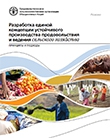
В настоящее время сельское хозяйство сталкивается с беспрецедентным воздействием внешних факторов, что требует основательных перемен в наших продовольственных системах и сельском хозяйстве (растениеводстве, животноводстве, лесоводстве и рыбоводстве).
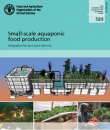
This technical paper begins by introducing the concept of aquaponics, including a brief history of its development and its place within the larger category of soil-less culture and modern agriculture. It discusses the main theoretical concepts of aquaponics, including the nitrogen cycle and the nitrification process, the role of bacteria, and the concept of balancing an aquaponic unit. It then moves on to cover important considerations of water quality parameters, water testing, and water sourcing for aquaponics, as well as methods and theories of unit design, including the three main methods of aquaponic systems: media beds, nutrient film technique, and deep water culture.
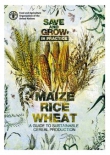
FAO’s best-selling 2011 publication, Save and Grow, proposed a new paradigm of agriculture, one that is both highly productive and environmentally sustainable. This new book looks at the application of “Save and Grow” practices and technologies to production of the world’s key food security crops – maize, rice and wheat. With examples drawn from developing countries worldwide, it shows how eco-friendly farming systems are helping smallholder producers to boost cereal yields, improve their incomes and livelihoods, conserve natural resources, reduce negative impacts on the environment, and build resilience to climate change. The book will be a valuable reference for policymakers and development practitioners guiding the transition to sustainable food and agriculture.
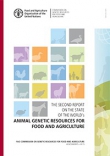
Animal genetic resource diversity underpins the supply livestock products and services across a wide range of production environments. It promotes resilience and serves as a basis for adapting livestock management to changing conditions. It is vital to the livelihoods of many of the world’s poor people. It can contribute to the delivery of ecosystem services such as landscape management and the maintenance of wildlife habitats. However, it is often undervalued, underused and under threat.
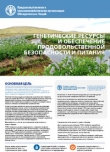
Сохранение генетических ресурсов для производства продовольствия и ведения сельского хозяйства и поощрение их использования для поддержания глобальной продовольственной безопасности и устойчивого развития на благо нынешних и будущих поколений. Генетические ресурсы для производства продовольствия и ведения сельского хозяйства (ГРПСХ) – всё разнообразие растений, животных, водных ресурсов, лесов, микроорганизмов и беспозвоночных – являются тем стратегическим запасом, который используется всеми нашими системами производства продовольствия.

